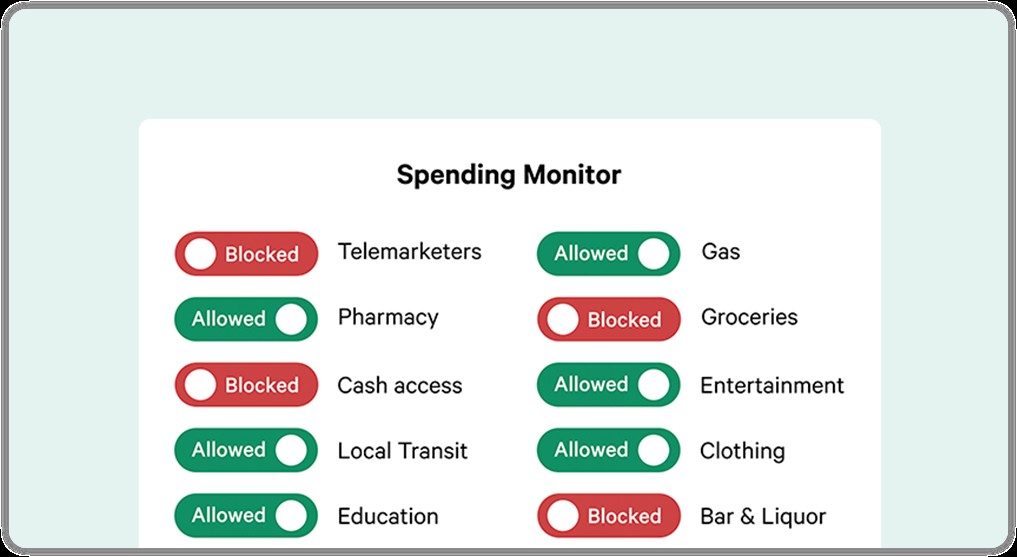Planning for long-term care is a critical part of financial well-being as we age. With the rising costs of healthcare and extended care facilities, understanding long-term care insurance becomes increasingly important. It’s essential to discern fact from fiction when considering this type of insurance. So, Which Long Term Care Insurance Statement Is True? Let’s explore some common statements and clarify the realities of long-term care insurance to help you make informed decisions.
Understanding Long-Term Care Insurance: Separating Facts from Myths
Many people have misconceptions about long-term care insurance, often based on incomplete information or hearsay. Let’s address some common statements to determine which ones hold true:
Statement 1: “Long-term care insurance is only for old people already in nursing homes.”
This statement is false. Long-term care insurance is actually most beneficial when purchased in your 50s or 60s, well before you might need care. The purpose of this insurance is to cover potential future needs, protecting your assets and providing you with more care options should you require assistance later in life. Waiting until you are already in a nursing home or have significant health issues often makes you ineligible for coverage or significantly increases premiums. Planning ahead is key to securing affordable and comprehensive long-term care insurance.
Statement 2: “Long-term care insurance is too expensive.”
This statement is partially true but misleading. The cost of long-term care insurance can seem significant, but it’s crucial to compare it to the potential costs of not having insurance. Long-term care expenses, whether in a facility or at home, can quickly deplete savings and assets. While premiums are an ongoing expense, they are predictable and can be budgeted for. Furthermore, the cost of premiums is heavily influenced by your age and health when you purchase the policy. Starting younger and healthier generally results in lower premiums over the life of the policy. There are also various policy options and benefit levels that can be tailored to fit different budgets, making long-term care insurance accessible to a wider range of individuals.
Statement 3: “Medicare will pay for my long-term care needs.”
This statement is false. Medicare, the federal health insurance program for seniors, has very limited coverage for long-term care. Medicare primarily covers acute care and short-term rehabilitation. It does not pay for the ongoing custodial care that is the main focus of long-term care insurance. Custodial care includes assistance with daily living activities like bathing, dressing, and eating, whether at home, in an assisted living facility, or a nursing home. Relying solely on Medicare for long-term care needs is a significant misconception and can lead to unexpected financial burdens.
Statement 4: “If I never need long-term care, all the premiums I paid are wasted.”
This statement is false in perspective, but requires clarification. While it’s true that if you never utilize your long-term care insurance benefits, you won’t directly “get your money back,” viewing premiums as “wasted” misses the point of insurance. Insurance is about risk management and financial protection. You pay premiums to protect yourself against a potentially significant financial risk – the high cost of long-term care. Think of it like homeowner’s insurance or car insurance; you pay premiums hoping you never need to file a claim, but you have peace of mind knowing you are protected if something unexpected happens. Furthermore, some modern long-term care insurance policies offer features like return of premium or cash value options, which can provide some financial return even if you don’t use the care benefits.
Statement 5: “Long-term care insurance only covers nursing home care.”
This statement is false. While nursing home care is a significant component of long-term care, policies typically cover a wide range of services and settings. This can include:
- Home Health Care: Care received in your own home, which is often a preferred option for many.
- Assisted Living Facilities: Residential communities that provide support with daily living while allowing for more independence than nursing homes.
- Adult Day Care: Supervised care in a community setting during daytime hours.
- Hospice Care: Care for individuals with a terminal illness.
- Care Coordination: Some policies also offer care coordination services to help navigate the complexities of long-term care.
The flexibility to use benefits in various settings is a key advantage of long-term care insurance, allowing individuals to receive care in the most appropriate and comfortable environment for their needs.
Statement 6: “Long-term care insurance is unnecessary if I have family who can care for me.”
This statement is risky and potentially untrue in the long run. While relying on family for care is a loving sentiment and may be feasible in some situations, it’s essential to consider the long-term implications. Long-term care can be physically, emotionally, and financially demanding for family caregivers. It can strain relationships, impact family members’ careers and finances, and may not always be sustainable as care needs increase. Long-term care insurance can provide financial resources to supplement family care, allowing for professional respite care, home health aides, or other support services that can ease the burden on family caregivers and ensure your loved one receives the best possible care without depleting family resources or causing undue stress.
Statement 7: “It’s too late for me to get long-term care insurance.”
This statement might be true but it depends on your individual circumstances. While it’s ideal to purchase long-term care insurance in your 50s or 60s, it may still be possible to obtain coverage later in life, even in your 70s. However, premiums will likely be higher, and your health may be a more significant factor in eligibility and cost. It’s always worth exploring your options with an insurance professional, regardless of your age. Even if a comprehensive policy is no longer feasible, there might be alternative solutions or hybrid products that can provide some level of long-term care protection.
Making Informed Decisions About Long-Term Care Insurance
Understanding the realities of long-term care insurance is the first step toward making informed decisions. The true statement among the common misconceptions is that long-term care insurance is a valuable tool for financial planning and protecting your future care options. It’s not just for nursing homes, it’s not always prohibitively expensive, and it’s certainly not covered by Medicare in any significant way.
When considering long-term care insurance, it’s crucial to:
- Start Early: Explore your options in your 50s or 60s for more affordable premiums and better coverage choices.
- Assess Your Needs and Budget: Determine the level of coverage that aligns with your financial situation and potential care needs.
- Compare Policies: Work with an insurance professional to compare different policies, benefits, and riders to find the best fit.
- Understand Policy Details: Carefully review the policy terms, including elimination periods, benefit periods, daily benefit amounts, and covered services.
Planning for long-term care is an act of responsibility and foresight. By understanding the truth about long-term care insurance, you can take proactive steps to protect your financial future and ensure you have access to quality care when you need it. Don’t let misconceptions prevent you from exploring this important aspect of financial planning.

